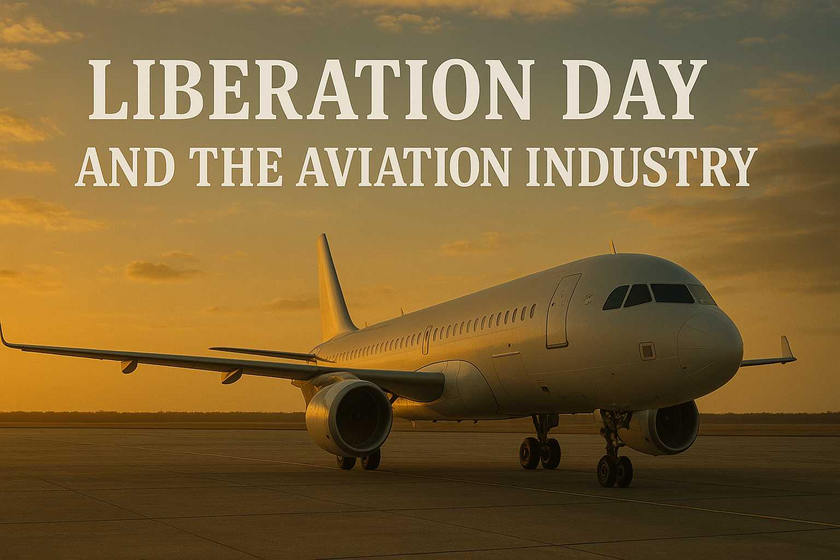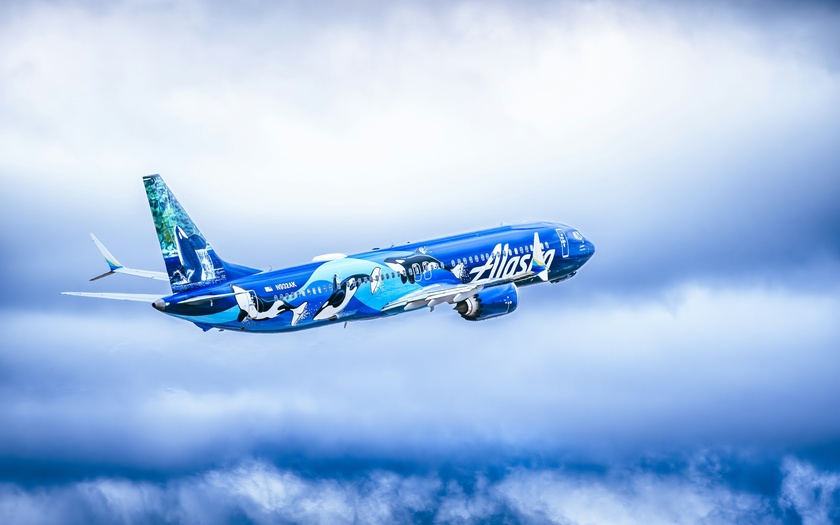
Many in the aviation industry are working overtime to meet Net-Zero mandates, but has reality set in for many others?
Why this is important: while the goals for Net-Zero carbon emissions for the aviation industry by 2050 are quite ambitious, many airlines and businesses are working tirelessly to come up with innovative solutions to meet this mandate. There are undoubtedly others who are realizing that the cost of meeting the mandate by 2050 is quite prohibitive. This means that while the mandates may be set with good intentions, they are still limited by the laws of economics and the natural rate of technological advancements. This is particularly important because:
Environmental and/or political objectives must be balanced by the economic, and technological, means to achieve those objectives.
A clear understanding that if the free-market within an economy has not seen it beneficial to do something, there may be factors at play that, even if mandated through regulations and somewhat achieved, could turn out to be a pyrrhic victory.
For whatever reason, some large airlines and major players continue to push forward with Net-Zero mandates at a pace, not dictated by the free-market, while others who do not have the incentive, capital base, or government sponsorship are not as enthusiastic.
Balancing environmental and/or political objectives with the law of economics, and the pace of technological advancement.
For many reasons, technological advancements move at a certain pace. This pace can be dictated by myriad factors, such as government regulation, access to capital, how free a particular market is, education, demographics, and a host of other factors. In the aviation industry, technological advances move at a much slower pace when compared to information technology, for example. The main reason for this is the relatively higher level of regulations within the aviation industry.
Strongly related to technological advances are economic factors. In fact, economic factors itself influence technological advances. Yet, outside of technological advances, the laws of economics will affect any environmental or political objective set vis-à-vis sustainable aviation. The primary reason for this is that most economies globally require money to do virtually everything, and those with money always judge the best return for the use of that money within a free-market economy. Thus, if left up to the free market, mandated objectives may not be pursued, since there are undoubtedly more productive uses of limited money.
Why some environmental or political objectives, if left to the free-market, would not be pursued?
Many believe that there is such a thing as a public good, and there’s always an argument to be made for that. However, for the most part, most things in our economy are not public goods. That being said, most endeavors within an economy depend on individuals and groups, providing their hard-earned money in some shape or form to make an endeavor a reality. Since money is scarce, then only those endeavors that provide the greatest return on said money will be pursued in a laissez-faire manner.
The aforementioned is a strong signal within the market as to whether or not something is viable. Mandating something that may not be viable from a free-market perspective simply means that resources will be taken from elsewhere where it could be more productive and placed into the mandated endeavor where it’s not as productive, no matter how noble and/or ambitious the endeavor is.
On Aviation™ Note: The above illustrates one of the reasons why the Net-Zero mandates for the aviation industry have been facing some headwinds.
Some larger players within the aviation industry are working hard to play their part in the achievement of the Net-Zero mandates.
If Net-Zero goals are so cost-prohibitive, then why is it that larger players within the aviation industry are working seemingly overtime to help achieve these mandates? The answer to that question is multifaceted, but a few points can be illustrated:
Larger players might have the capital base, or the ability to acquire necessary subsidies coupled with their larger operations to develop, experiment, and test Net-Zero technologies
Net-Zero mandates are driven in part by environment, social and governance (E.S.G.) scores. For public companies within the aviation industry, such as airlines, a large pool of their investment comes from investment houses that require businesses they invest in to comply with E.S.G. standards. A large part of this standard is the reduction of the release of carbon emissions into the atmosphere.
Net-Zero is mandated by governments around the world, and airlines have a special relationship with their respective governments since it is these governments that support the airlines during tough times. Therefore, airlines are more obligated to comply with mandates as a result.
On Aviation™ Note: While the previous statement might seem controversial, it is very true, that many airlines around the world are captive to their governments since it is their governments that support them during their tough times, and somehow need to return the favor, if the government requires support on a particular endeavor, such as the Net-Zero mandate.
Conclusion
We believe that there’s no doubt that air travel will become more efficient and cleaner in the future. The path to that future outcome is what is uncertain. A seemingly slower path is one where the free-market invests through the right incentives to bring about this outcome. Conversely, a seemingly more speedier path is to mandate this outcome. There is a possible pitfall with the latter approach, however. It could lead to investments being forcibly diverted from areas within an economy where they would be more productive, and due to the nature of the mandates, cause tremendous inefficiencies that lead to excessive costs that would need to be accounted for also elsewhere. This is less likely to be the case in a truly free-market approach.
Thank you for reading this week's On Aviation™ full article. What are your hopes for Net-Zero within the aviation industry? Please share your thoughts in the comments below. Remember to check out our On Aviation™ Podcast and continue the conversation on our Twitter and Instagram.
Orlando - On Aviation™

















